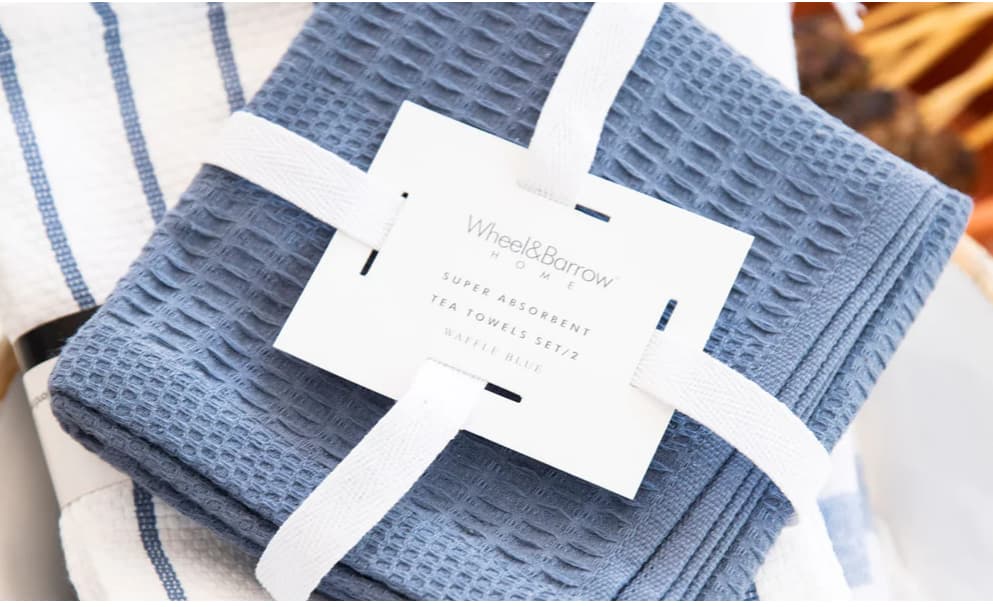Following on from topics about washing, sanitising clothes, and a recent experience with some pillow cases, it makes me wonder if modern fabrics are mostly or rarely fit for the purposes for the garment/products they are used for.
An obvious topic
leads to resources suggesting 50C to 90C is appropriate for towels, generally the hotter the better, BUT many modern towels specify to wash in warm water, usually taken as 30C to 40C.
Pillow cases labelled as ‘hotel luxury’ by a major brand implies what was taken as also robust, eg ‘hotel quality’ not just ‘hotel luxury’ although in retrospect they are different claims. We have 20 year old pillowcases that have not measurably shrunk. we have some in the 5 year range that shrunk 2~3%, and more recently some that shrunk 10~11%, all from the same washing and drying regimen. A maximum of 5% seems reasonable. A discussion regarding the 10~11% is in progress with the retailer/manufacturer.
Checking experiences with clothes, as with pillow cases some have not measurably shrunk, some shrunk to become too small, and some shrunk and twisted because of fabric characteristics.
Tumble drying is the obvious differentiator noting the temperatures reached in sensor, condenser, and heat pump models is quite different, as well as the temperatures for ‘low’ so a consumer might buy nice things that are impractical/difficult to care for without causing shrinking or worse.
Manufacturers disclaim responsibility when an item is tumble dried, but especially in the Melbourne and Tassie areas if one did not use a dryer on many days some things could stay on a line until spring arrives, so what is the choice (no pun intended).
Some bedding from the same manufacturer changed over time. Both specify ‘may be tumble dried warm’ in text but the standard icon on one has the single dot (low heat) and the earlier one the double dot (medium heat). Not that dryers readily help translate those directives to their control panels.
No assistance sought, just calling out the need to take ever more notice of the care instructions. Choice published a great overview
What is not mentioned up front is it is on us consumers to assure products we buy has fabric fit for purpose as the individual consumer will use and care for them. The manufacturers have other goals such as softness, look, and feel to entice us to buy the product; what happens after it gets washed seems to be off their radar as long as they put it on their car labels.
